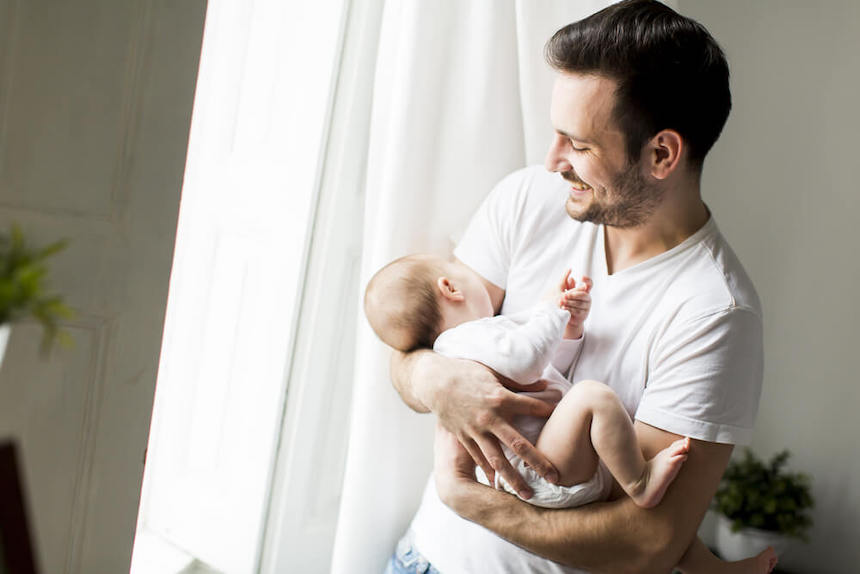
A baby’s first year is a busy time when it comes to development. They go from barely having anything beyond primal communication skills to laughing, sitting up, and standing. Beyond that, they are constantly taking in new information and learning how to react with others based on what they learn. Here are some big first-year milestones to keep track of your baby’s development.
1. Tummy Time
With crawling and walking both being so exciting to look forward to, it can be easy to overlook another very important development milestone — swimming while on their tummy. When babies start lifting their heads and moving their little arms and legs while laying on their tummy, it’s a precursor to crawling and a very good sign that they’re on the right track.
Make sure you’re helping your baby to develop their swimming movements by spending plenty of time on their tummy and moving their arms and legs. This will help them develop the muscle strength they need to hold themselves up and start to crawl.
2. Picking Things Up
Once your child can begin to pick things up, they now require a level of supervision that will never cease to amaze you. As a parent, you quickly learn just how much can happen in those two seconds you look away. Albeit slightly terrifying, it is an impressive feat once your child can start to grasp items in their hands — even if it is just their own feet!
3. Express Yourself
Throughout the first year of life, babies learn to express themselves beyond their basic needs. As they advance through their first few months, they begin to branch into more complex emotions such as anger, fear, and surprise. Babies also become more adept at picking up on your emotions, too. This means that when you’re feeling blue, your baby may find themself having a more difficult day as well.
4. Multitasking
As they become more used to performing simple day-to-day tasks, babies will often begin to incorporate more than one activity at the same time. For example, they can now look, listen, and react at the same time. Instead of simply holding onto an object, they may hold that object and use it as a tool to steady or propel themselves forward.
5. Tactile and Texture
As your baby gets closer to their second year, they begin to benefit more from tactile play. Things like running water, different fabrics, and other textures can be used to stimulate the brain. This sensory activity is used to strengthen the baby’s senses, giving them a stronger connection to the world around them. You can help your baby learn even more by introducing them to different smells, tastes, and temperatures. Montessori toys are another easy way to incorporate learning and playtime while also helping your child find a strong sense of independence.
6. Talking
By the end of the first year, most babies can understand basic words and phrases. They may even respond to certain commands, such as smiling at, “hello,” or waving at, “goodbye.” Some, but not all, babies will begin talking during their first year. Many times they may put together an attempt to speak distinct parts of familiar words, like consonants and vowels. Other times they might start with the common “dada” and “mama,” or a few other basic words. It is never too early to reap the benefits of reading or speaking to your baby in order to start building a solid foundation for effective communication.
Be sure to talk to your healthcare provider if you have any concerns about your baby’s progress. It’s unlikely that you’re going to give your baby “too much” attention. Your guidance is vital to their development. Just remember that these are only guidelines and that every baby is different.
- The Pros and Cons of Ductless Heating and Air Conditioning - October 28, 2020
- 8 End-of-Summer Preparations to Make at Home - September 15, 2020
- 6 Important First-Year Milestones to Track Your Baby’s Development - September 10, 2020






